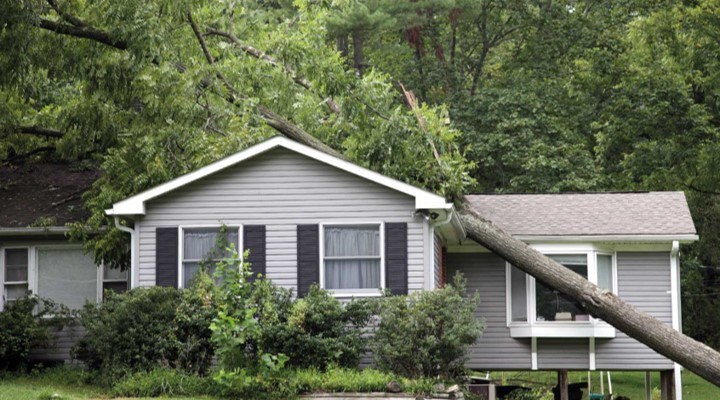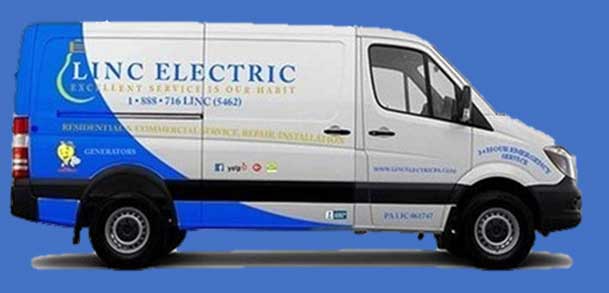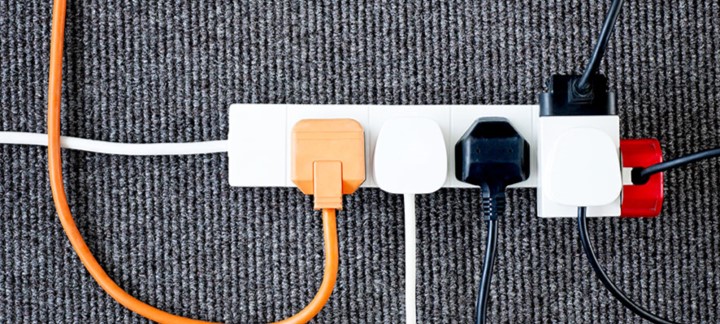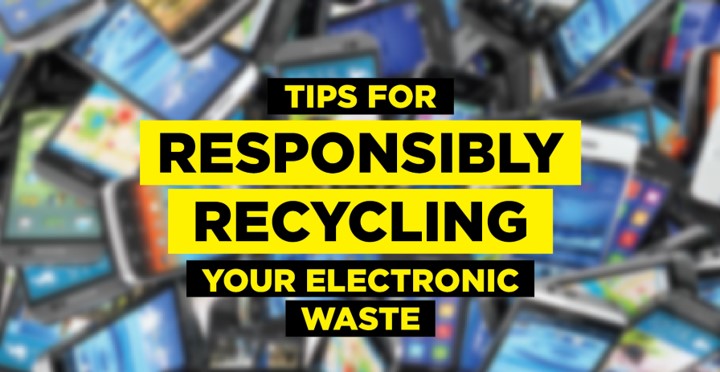Safety First Around Storm Damaged Homes

One of the more unpredictable and potentially lethal aspects of severe storms or flooding is the electrical services of the home immediately afterwards. Severe weather that creates sudden structural damage to homes and buildings often leaves behind downed electrical lines, exposed wall outlets, destroyed circuit breakers or energized wires lying about.
Because electricity is invisible unless it is emitting sparks due to arching, it is extremely important to always allow qualified electricians or certified electrical services repair personnel to inspect storm damaged homes and conduct repairs before reentry. Of course it is understandable that homeowners usually want to enter their homes to inspect damage, attempt to salvage or recover belongings or search for pets. Yet unless it is an emergency or necessary, it is always best to wait until certain that electrical services are not currently active in the home.
What to look for
When severe weather has struck and a home has taken any type of damage, homeowners should follow a few important steps to ensure safety first around storm damaged homes. The first is to inspect where electrical services enter the home from the main outdoor power supply.
Typically there is a breaker box with a pole extending from the back/side of the home. Thick electrical wires run from the transformer atop the closest main power pole to the home. The thick electrical wires should be attached to both the extended pole/breaker box and the home.
When the storm has fully passed and it is safe to go outside, prior to reentering the damaged home, walk to the power supply entry point and visually inspect the thick lines extending from the transformer to the home. Be careful not to step on or near any downed lines. Do not touch either the outer breaker box or any of the thick electrical wires. The only goal is to visually confirm if the thick wires are still connected to both the transformer and the outer entry point into the home.
If the connection has been maintained, it is possible that any exposed wires, cords, outlets or circuit breakers could still be energized with electricity. Use extreme caution and be careful to not touch any exposed wiring or anything that an exposed wire is touching. An electrical current can travel through certain objects, particularly water and metals, causing a dangerous electrocution.
If electrical services appear to be still active within the storm damaged home, or if it is not possible to decide, do not re-enter the home. Ensure all other family or occupants are safely outside and away from any electrical hazards.
When Home is Damaged Due to Flooding
One of the most lethal of all electrical dangers can happen during or after a home is damaged due to flooding. As water is one of the most effective conductors of electricity, if energized, even a small amount of water is extraordinarily dangerous if touched.
Homes that are equipped with basements or underground carports often experience the most flooding damage. These areas are typically where homeowners store electrical appliances such as deep freezers, washing machines, clothes dryers and other electrical devices.
Electrical outlets are primary concerns during and after flooding. Because they are near the floor, these outlets are generally the closest to the water as well. If water begins to enter the home, once it becomes deep enough to enter the outlets or cover electrical plugs, the water itself is to be considered dangerous and potentially deadly.
If a home has begun to flood or has suffered damage as a result of flooding, do not enter any room that has standing water in it before ensuring electrical services have been at least temporarily disconnected. To disconnect electrical services temporarily, go to the outside breaker box and flip the main breaker to the off position. If unsure as to which breaker to flip, side with caution and flip them all off. If still unsure if all electricity is turned off, it would be best to allow an experienced electrician to conduct an inspection.
Remember, just because severe weather or flooding has passed does not diminish the need to practice safety first around storm damaged homes.





